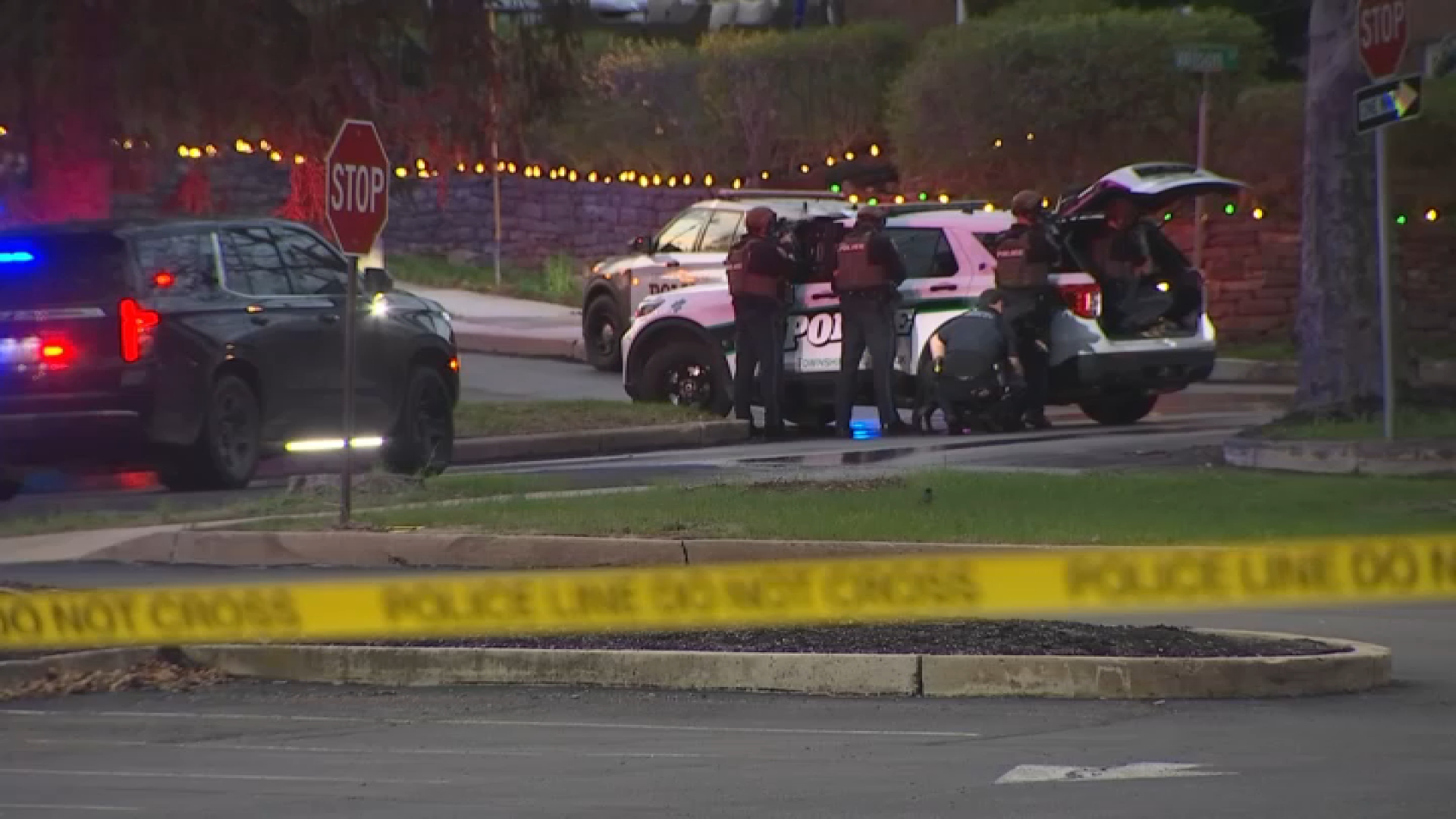Artifacts detailing over 5,000 years of Philadelphia history have been buried beneath Interstate 95 and the Girard Avenue Interchange. Some of these relics are now unearthed and were put on display this week for the public.
The exhibit, entitled “Before and Below I-95 in 2014,” showed artifacts discovered in the Kensington-Fishtown and Port Richmond neighborhoods during the Pennsylvania Department of Transportation (PennDOT) Interstate 95/Girard Avenue Interchange improvement project.
“The people in these areas [Kensington-Fishtown and Port Richmond] are not often recorded in historic documents,” says Douglas Mooney, Senior Archaeologist with URS Corporation, PennDOT’s archaeological team on this project. “We are learning a lot more about the individuals that once lived here.”
The most surprising discovery Mooney’s team has made is the wide array of artifacts linking back to Native American tribes. Collections of tools, arrowheads, cooking pots and smoking pipes have been linked back to Native Americans living along the Delaware River back to 3,560 B.C.E.
“There was this general sense that Native Americans have been gone for years,” “But we found intact Native American sites…they never left. In a very real sense, they have a presence here in Philadelphia.”
There have also been discoveries from colonial America, including the sites of former houses with plates, dishes and clothing from daily life in the 1700 and 1800s.
Local
Breaking news and the stories that matter to your neighborhood.
“Very few regions have so much preserved in one place,” Mooney says.
Unique to Kensington-Fishtown and Port Richmond are the remnants of the shipbuilding, fishing and glassware industries that once lined the Delaware River. Snapping turtle skulls, glass objects, and fishing supplies give a glimpse of those booming businesses in the 18th through 20th centuries.
“Center City has been the focus of history,” Mooney says. “The peripheral parts [Kensington-Fishtown, Port Richmond, Northern Liberties] have not been given equal treatment until now.”
This archaeological expedition was a required step before construction on I-95 and the Interchange could begin according to PennDOT Assistant Press Secretary Eugene Blaum. Under the National Historic Preservation Act of 1966, federally-funded construction efforts, like PennDOT’s improvement project, must conduct archaeological excavations of the region before the land is disturbed. This law is designed to help protect historically significant artifacts from construction damage.
“The cost and time for the excavation is a part of the overall plan for the [I-95/Girard Avenue Interchange] project,” Blaum says.
“We work ahead of the construction areas so that we don’t hold up the schedule,” Mooney says.
Excavations have been completed on 2/3 of the 3-mile construction zone spanning between the Vine Street and Allegheny Avenue interchanges according to Blaum. He says that the remaining 1/3 of this $342 million improvement project should be completed in the next two years.
According to Mooney, the new information they learn every single day from this archaeological dig has been well worth the time.
“People will see pieces of local history [at the upcoming free event] they have never seen before,” Mooney says. “This is the shared history of all Philadelphians.”
The “Before and Below I-95 in 2014” exhibit was held on July 17 at the First Presbyterian Church in Kensington on Girard Avenue in Philadelphia. More information is housed permanently on the website, Digging I-95.



